Discover the Best and Most Breathtaking Chinese Mountains with our Ultimate Guide 🗺️

China is a land of awe-inspiring landscapes.
It’s home to some of the world’s most famous mountains (including the crown jewel of the Himalayas—Mount Everest).
But today we’re going to talk about five lesser-known mountains: Mount Huang, Mount Tai, Mount Hua, Mount Southern Heng and Mount Emei.
So get ready to pack your bags, tie your shoes, and get captivated by the beauty of China’s mountains!
Chinese Mountains || China’s Geography
Chinese Mountains || Mount Huang
Chinese Mountains || Mount Tai
Chinese Mountains || Mount Hua
Chinese Mountains || Mount Southern Heng
Chinese Mountains || Mount Emei
Chinese Mountains || FAQs
Chinese Mountains || China’s Geography
China’s geography is intertwined with mountains, which play a central role in shaping the country’s landscape, climate, and culture.

- In the west, the Himalayas form China’s natural border with countries like Nepal and India, culminating in the majestic Mount Everest (the highest peak on Earth!).
- Moving eastward, the Tibetan Plateau (known as the “Roof of the World”) is characterized by high-altitude plains and deep valleys.
- Central China features ancient mountain ranges containing valuable mineral deposits, dense forests and various wildlife (including super cute giant pandas).
- In the east, provinces such as Anhui, Zhejiang and Jiangxi are renowned for their rock formations and abundant vegetation.
Now that we’ve learned a bit more about China’s geography, let’s explore some of its most famous mountains.
Ready?

Beaches in China || Your Guide to Beihai’s Beautiful Beaches
Beaches in China don’t come much finer than the beaches of Beihai! Here’s our guide to some of the best beaches in China.
Chinese Mountains || Mount Huang
Mount Huang, also known as Huangshan (黄山), is a mountain range in southern Anhui province in eastern China.
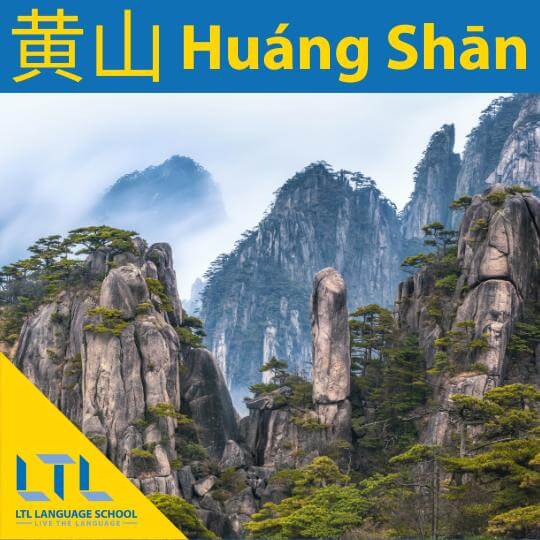
It features numerous peaks, 77 of which exceed an altitude of 1,000 meters, with the highest peak rising over 1,800 meters!
Fact #1: The mountain is known for its “four wonders“: odd-shaped pines, grotesque rock formations, seas of clouds, and hot springs.
Mount Huangshan was designated a UNESCO World Heritage Site in 1990 due to its natural beauty and its role as a habitat for rare and threatened species (like the Huangshan Tibetan macaque and Clouded Leopard).
Mount Huangshan has had a significant influence on Chinese culture, serving as an important source of inspiration for writers and artists (like the Shanshui school of landscape painting during the mid-16th century).
It is also a significant carrier for Taoism and Buddhism in Chinese history.
The mountain is a popular tourist destination (offering more than 400 scenic spots!), but it is important to prepare for the weather, which can include rain, mist, and strong winds!
Chinese Mountains || Mount Tai
Mount Tai (泰山) is a mountain of great historical and cultural significance situated north of Tai’an City in Shandong province.
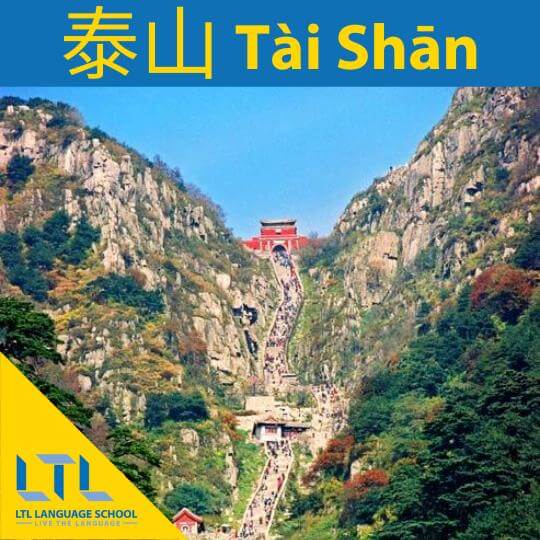
It is the highest point in Shandong with the Jade Emperor Peak, its tallest peak, reaching an elevation of 1,532.7 meters! Awesome, right?
In Chinese mythology, Mount Tai is believed to be the place that connects heaven and hell, and it is associated with immortal deities and ghosts.
Historically, the mountain has been a place of worship where emperors conducted ceremonies to pay homage to heaven and earth.
Fact #2: Mount Tai was also inscribed as a UNESCO World Heritage Site in 1987 for its cultural, aesthetic, and scientific value.
The site includes historical structures such as gates (like the South Heavenly Gate), archways and pavilions along the path of 6,660 steps that lead to the summit. Sounds a bit tiring!
Chinese Mountains || Mount Hua
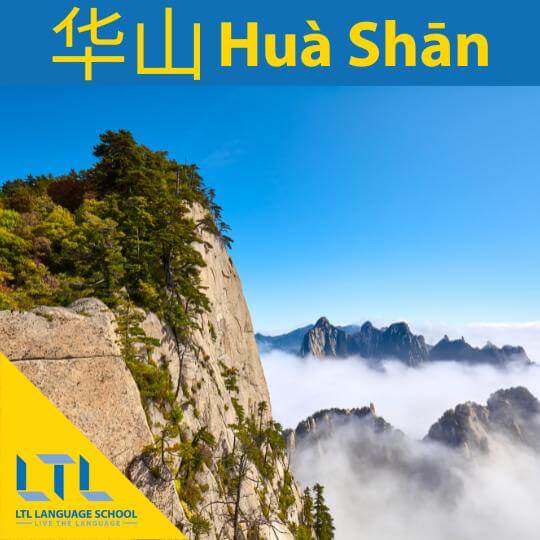
Mount Hua (华山) is located in Shaanxi Province. It is known for its precipitous cliffs, natural scenery and deep religious significance.
Fact #3: The mountain is often referred to as the “Number One Steepest Mountain Under Heaven” and is a sacred site in Taoism.
There’s even an ancient saying among Chinese scholars highlighting its importance: “If you do not visit Huashan, you are not a true hero” (不到华山不算英雄).
However, Mount Hua is known for its dangerous and adventurous hiking trails (some people even consider it the most dangerous hike in the world!).
The Plank Walk, located at the South Peak, is particularly famous (or infamous) for its dangerous path along the cliff face, attracting thrill-seekers from around the world.

Chinese City Names 🤔 Find Out the Nicknames for Famous Chinese Cities
Most of you are probably already familiar with the most famous Chinese city names, but did you know that many Chinese cities also have a nickname?
Chinese Mountains || Mount Southern Heng
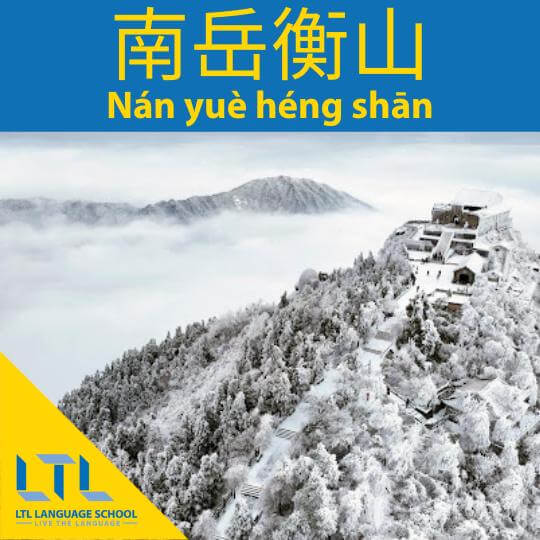
Mount Southern Heng (南岳衡山) is located in southcentral China’s Hunan Province.
It’s approximately 150 kilometres long and consists of 72 peaks (the highest peak stands at 1,300 meters!).
It is home to the Grand Temple of Mount Heng (南岳大庙), the largest temple in southern China and the largest group of ancient buildings in Hunan Province.
Fact #4: The mountain is also known for its 9 ponds, 9 wells, 9 pools, 10 caves, 15 rocks, 25 streams, and 38 springs, which harmonize with the green forests.
Hengshan has been a site of pilgrimage since ancient times and is considered sacred in both Buddhism and Taoism.
Chinese Mountains || Mount Emei
Mount Emei (also known as 峨眉山) is a 3,099-meter-tall mountain located in Sichuan Province.
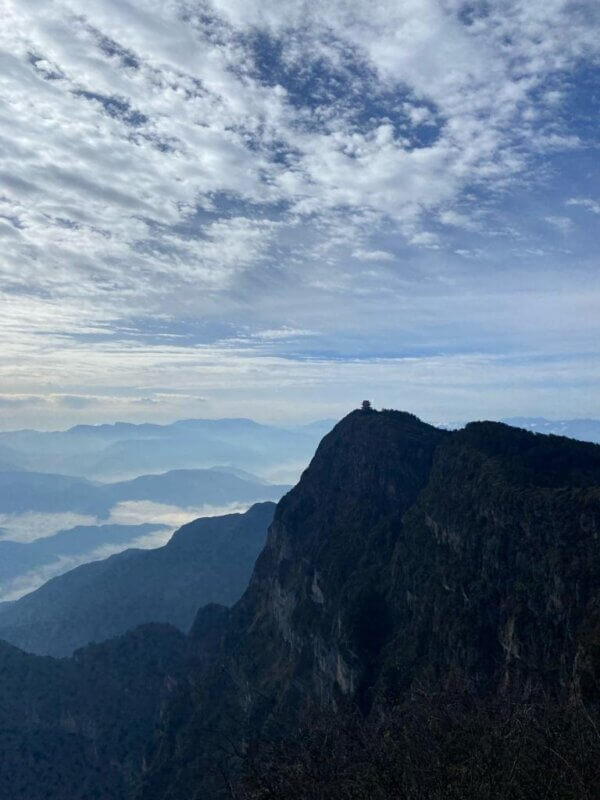
It is a sacred site for Buddhists and is dotted with numerous temples and monasteries, the most famous being the Baoguo Temple and the Wannian Temple.
It was designated a UNESCO World Heritage Site in 1996 due to its cultural heritage and natural beauty.
Mount Emei is a popular destination for both pilgrims and tourists, offering a unique experience with its temples, monasteries, and diverse wildlife (like this chubby macaque!).

The best times to visit are spring and autumn when the weather is mild and the natural scenery is at its best (although the views in winter when it snows are also incredible!).
The mountain can be accessed from the nearby city of Chengdu. There are various routes to explore the mountain, including hiking trails and transportation options such as buses and a cable car to the Golden Summit.
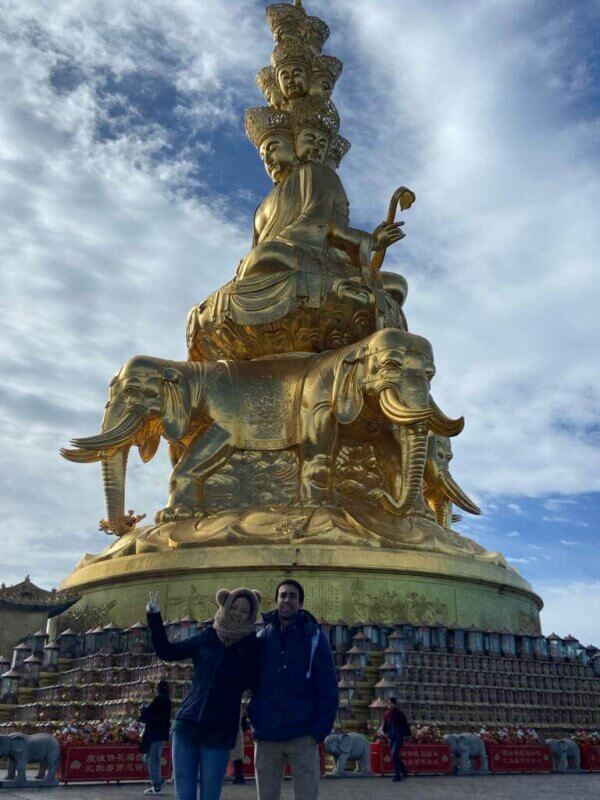
Tickets are quite expensive (160 yuan entrance + 90 yuan bus + 55 yuan cable car = 305 yuan in total) but absolutely worth it!
Fact #5: There are also accommodations available on the mountain for visitors who wish to stay overnight and experience the sunrise.
China’s famous mountains are full of amazing natural beauty, cultural riches and spiritual enlightenment waiting for you to explore.
Whether you’re looking for adventure, peace, or just stunning scenery, these majestic peaks invite you to start an unforgettable journey.
Are you ready?
Want more from this author? Check out @saratao_chinese on Instagram!
Chinese Mountains || FAQs
What are some of China’s most famous mountains?
Some of China’s most famous mountains include Mount Everest, Mount Huang, Mount Tai, Mount Hua, Mount Southern Heng and Mount Emei.
Is Mount Huangshan a UNESCO World Heritage Site?
Mount Huangshan was designated a UNESCO World Heritage Site in 1990 due to its natural beauty and its role as a habitat for rare and threatened species.
Why is Mount Tai important in Chinese mythology?
In Chinese mythology, Mount Tai is believed to be the place that connects heaven and hell, and it is associated with immortal deities and ghosts.
What is Mount Hua known for?
Mount Hua is known for its dangerous and adventurous hiking trails, like the Plank Walk.
What is Mount Emei?
Mount Emei is a 3,099-meter-tall mountain located in Sichuan Province. It is a sacred site for Buddhists and is dotted with numerous temples and monasteries.
Want more from LTL?
If you wish to hear more from LTL Mandarin School why not join our mailing list.
We give plenty of handy information on learning Chinese, useful apps to learn the language and everything going on at our LTL schools!
Sign up below and become part of our ever-growing community!


 Hi, my name is Mojca. I am from Slovenia in Europe and I work as a student advisor at our Beihai school.
Hi, my name is Mojca. I am from Slovenia in Europe and I work as a student advisor at our Beihai school.




